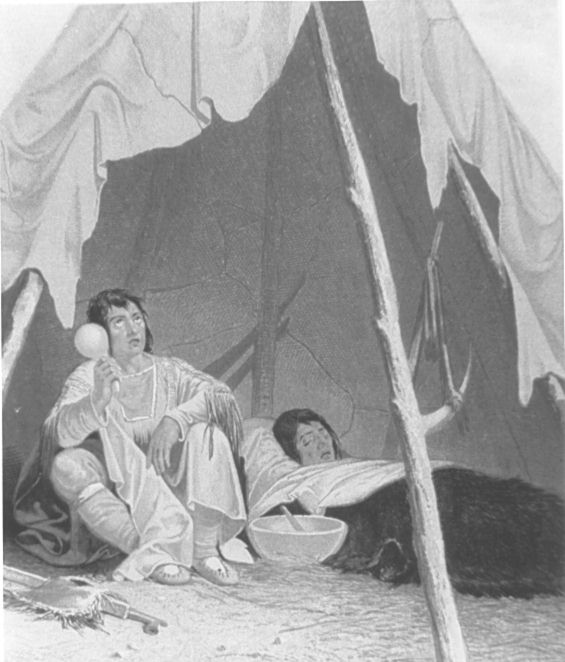APRIL BUTTERFLIES
If there have been a moment to remember in the chapters of 2025, it would be the chapter of April.
It birthed new heights for me, my business and clients.
I couldn't have imagined scaling these heights in this chapter, but I'd be an ingrate if I'd not recognize the achievements amidst the struggles and challenges.
Even though April came bearing unpredicted news, it didn't end without a miracle.
Just this month, my first legal baby BOE_Writes Services clocked a year as a legal entity (This will come as a post on its own)
This celebration came with acceptance to over 5 business programs including the GIZ/DTC program by GIZ Nigeria & ECOWAS which I am currently undertaking.
Dear April, as I close your pages, I'll like to say thank you to my Creator for making me experience you and for not closing without a miracle.
Indeed the butterflies of April equiped me for more opportunities, network and experience
There's so much I'd be writing about you, April, and I'll be delighted to speak of you in subsequent months 😊🤗
Till we meet in 2026. April, enjoy the waves of time ✍️✍️✍️
#April #BOE #Achievements #personaljourney #journeyofApril #chaptersof2025
If there have been a moment to remember in the chapters of 2025, it would be the chapter of April.
It birthed new heights for me, my business and clients.
I couldn't have imagined scaling these heights in this chapter, but I'd be an ingrate if I'd not recognize the achievements amidst the struggles and challenges.
Even though April came bearing unpredicted news, it didn't end without a miracle.
Just this month, my first legal baby BOE_Writes Services clocked a year as a legal entity (This will come as a post on its own)
This celebration came with acceptance to over 5 business programs including the GIZ/DTC program by GIZ Nigeria & ECOWAS which I am currently undertaking.
Dear April, as I close your pages, I'll like to say thank you to my Creator for making me experience you and for not closing without a miracle.
Indeed the butterflies of April equiped me for more opportunities, network and experience
There's so much I'd be writing about you, April, and I'll be delighted to speak of you in subsequent months 😊🤗
Till we meet in 2026. April, enjoy the waves of time ✍️✍️✍️
#April #BOE #Achievements #personaljourney #journeyofApril #chaptersof2025
APRIL BUTTERFLIES
If there have been a moment to remember in the chapters of 2025, it would be the chapter of April.
It birthed new heights for me, my business and clients.
I couldn't have imagined scaling these heights in this chapter, but I'd be an ingrate if I'd not recognize the achievements amidst the struggles and challenges.
Even though April came bearing unpredicted news, it didn't end without a miracle.
Just this month, my first legal baby BOE_Writes Services clocked a year as a legal entity (This will come as a post on its own)
This celebration came with acceptance to over 5 business programs including the GIZ/DTC program by GIZ Nigeria & ECOWAS which I am currently undertaking.
Dear April, as I close your pages, I'll like to say thank you to my Creator for making me experience you and for not closing without a miracle.
Indeed the butterflies of April equiped me for more opportunities, network and experience
There's so much I'd be writing about you, April, and I'll be delighted to speak of you in subsequent months 😊🤗
Till we meet in 2026. April, enjoy the waves of time ✍️✍️✍️
#April #BOE #Achievements #personaljourney #journeyofApril #chaptersof2025







